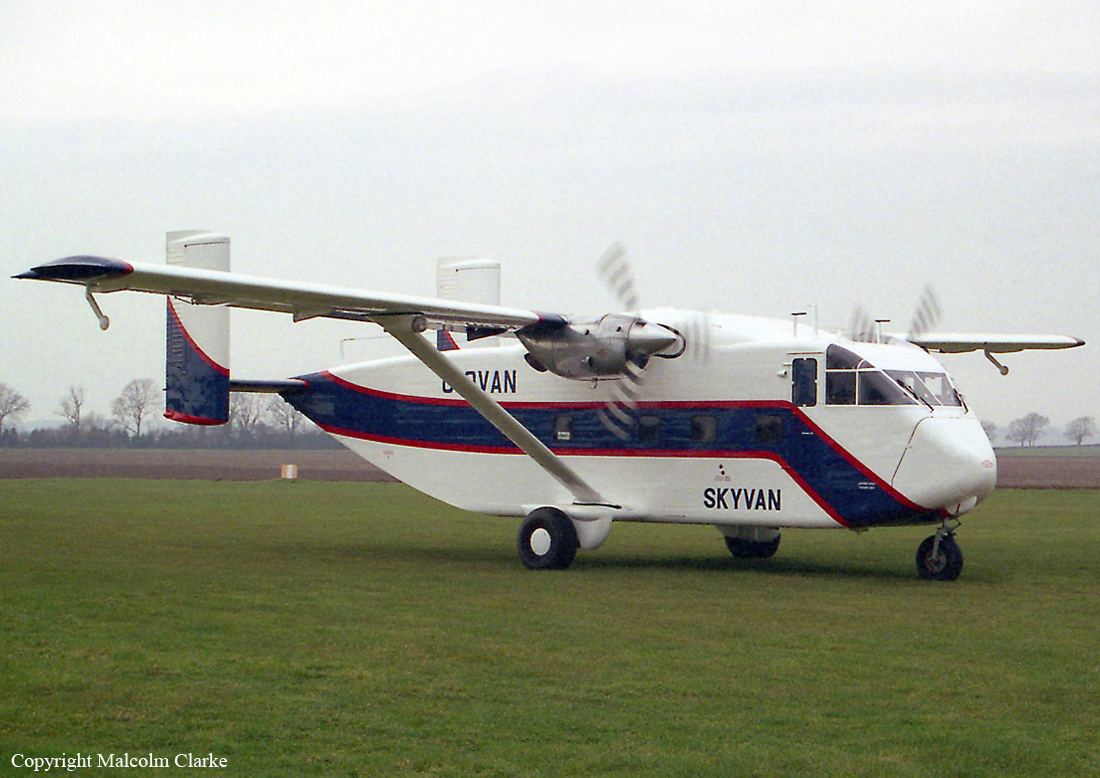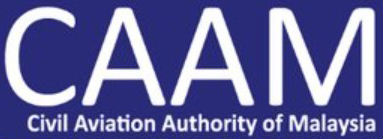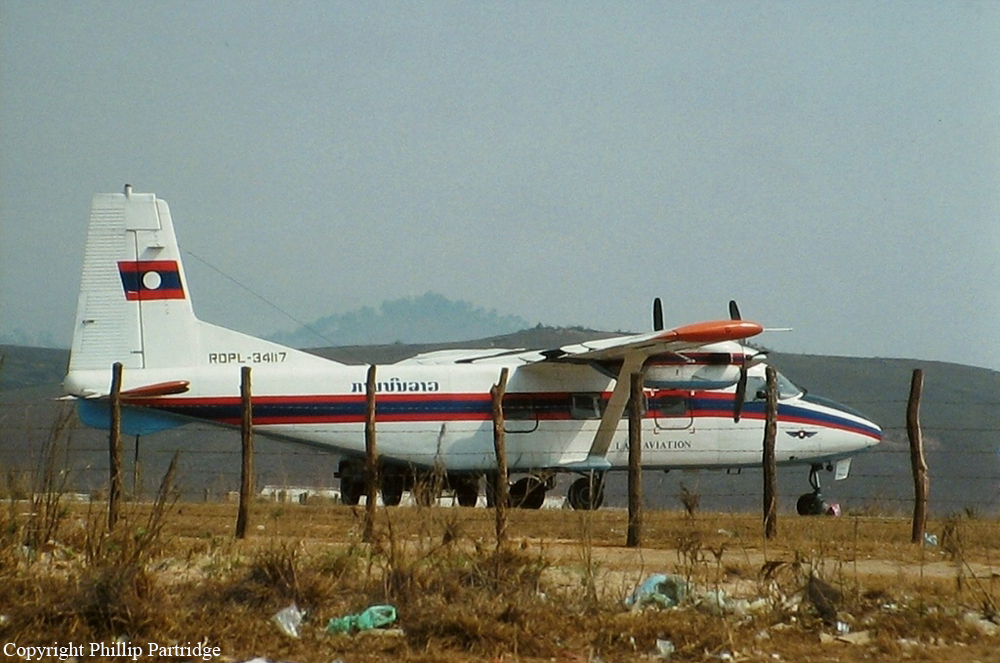Crash of an Antonov AN-26 in Cuamba: 1 killed
Date & Time:
Dec 31, 1993
Registration:
024
Survivors:
Yes
MSN:
64 05
YOM:
1978
Crew on board:
0
Crew fatalities:
Pax on board:
0
Pax fatalities:
Other fatalities:
Total fatalities:
1
Circumstances:
For unknown reasons, the crew missed the runway and landed in a grassy area located along the runway. At least one people on the ground was killed and the aircraft came to rest. There were no casualties/injuries among the passengers and crew. The exact date of the mishap remains unknown, somewhere in 1993.










